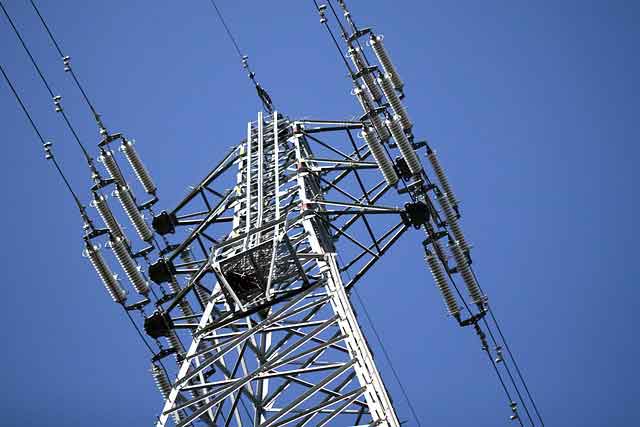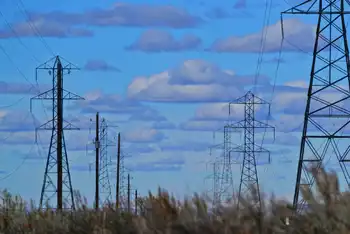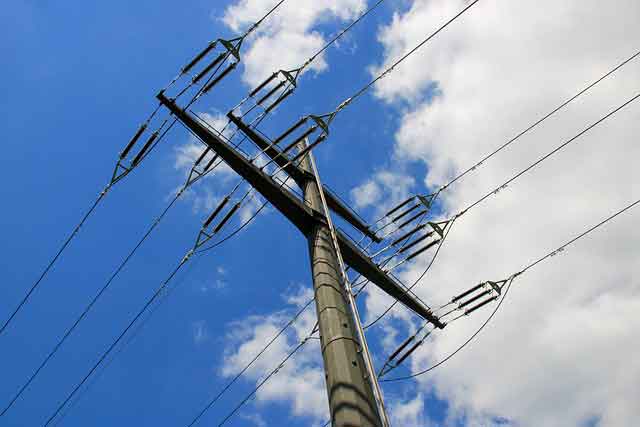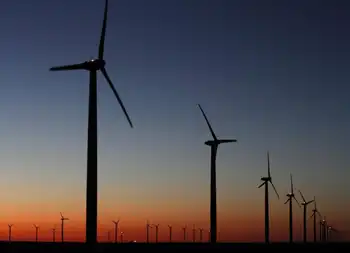Proposed Fresno power plant would run at times of peak demand
By The Fresno Bee
Protective Relay Training - Basic
Our customized live online or in‑person group training can be delivered to your staff at your location.

- Live Online
- 12 hours Instructor-led
- Group Training Available
Bullard Energy Center LLC is seeking to build the power plant on about 12 acres at 5829 N. Golden State Blvd., now the site of a truck depot and construction yard near Highway 99 and Carnegie Avenue, the commission reported recently.
If the plan is approved, construction could start in early 2008 and the plant could begin producing enough power for about 200,000 homes by summer 2009, the commission reported.
Capital costs for the project could reach $170 million, according to the commission's news release.
The licensing process is expected to take 12 months, and the commission will hold public workshops and hearings in Fresno as part of that process, Claudia Chandler, the commission's assistant executive director, said recently.
"It's a pretty rigorous process from the standpoint of environmental commitment," she said.
The Bullard Energy Center, as the project is called, is designed as a "peaking facility" meant to run at times of peak electricity demand, such as hot summer days, Chandler said.
Pacific Gas and Electric Co. has a 20-year agreement to buy the electricity generated by the Bullard Energy Center if it is built. The utility is seeking to build more power plants to meet expected growth in demand.
Gary Chandler, project manager and president of Bullard Energy Center LLC, said the company is wholly owned by Energy Investors Funds, a private equity group invested in the electric utility industry with more than $1.75 billion in capital.
The site for the proposed plant originally was permitted for a smaller power plant that was never built, Chandler said.
The location was chosen because it's close to transmission lines and natural-gas pipelines, he said.
Construction employment could peak at about 250 workers, but fewer than 10 employees would be needed to run the plant once it's built, he said. The power plant could generate from $3 million to $8million in annual property taxes, he said.
"It's a very clean plant that we don't believe will be a detriment to the area," Chandler said.
Other gas-fired peaking power plants have been proposed in Fresno County in the past several months. In November, the $300 million, 400-megawatt Panoche Energy Center, also proposed by Energy Investors Funds, was accepted for licensing review. The plant would be built in western Fresno County.
Also, the California Energy Commission accepted for review the $85million, 120-megawatt Starwood-Midway Power Plant proposal, also intended to be built in western Fresno County.
Dave Warner, director of permit services with the San Joaquin Valley Air Pollution Control District, said the district would be studying the proposed power plant to determine whether its emissions could contribute to unhealthy air.
"If they do, they have to mitigate those emissions or eliminate them," he said. Gas-fired power plants tend to put out far less pollution than coal-fired power plants, he said.
The air pollution control district would have to issue a determination of compliance for proposed power plants before a project is approved, the California Energy Commission stated.











